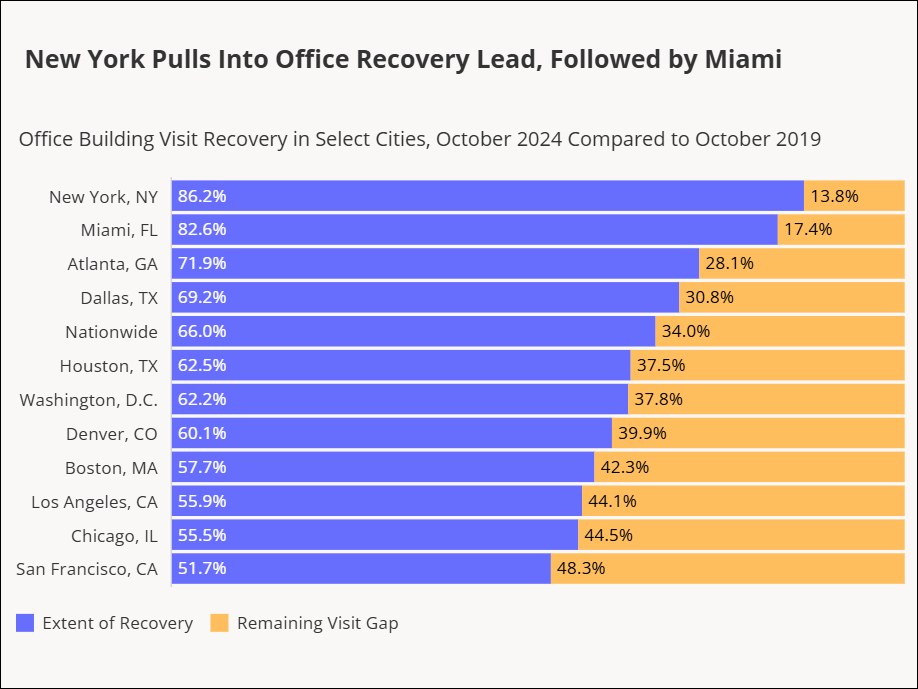On the News: 3 Ways Government Will Impact CRE in 2024
Investors would be wise to watch out for these new rules and guidelines.
As 2024 begins, the biggest question for investors and developers, of course, is whether the Federal Reserve will finally reduce interest rates. But there are a number of other government regulations and guidelines to be revealed in 2024 that will also impact on how the new year unfolds. Here are three key ones:
1. SEC’s climate disclosure rule
It’s been almost two years since the Securities & Exchange Commission proposed climate disclosure rules for REITs and other public companies. But the agency has not forgotten about the proposal, and neither should you. The rules are expected to have a big impact on private real estate companies as well as public.
In its original form, the rules would have required reporting on all greenhouse gas emissions, including Scope 1 emissions (direct emissions), Scope 2 emissions (those emitted by the energy they purchase), and Scope 3 emissions (those emitted upstream and downstream in the value chain).
By April, the agency is expected to issue a somewhat scaled down version of the original proposal that recognizes Scope 3 emissions are difficult to track and often out of a company’s control. As the EPA puts it, “the scope 3 emissions for one organization are the scope 1 and 2 emissions of another organization.”
There may also be adjustments to the rule’s strict definition of “materiality” for disclosure, which also raised strong objections.
2. Zero emissions building definition
In another instance of the Federal Government weighing in on climate issues, the Department of Energy will issue its definition for zero emissions buildings for non-federally owned structures this month.
The exact details are still unclear, but, so far, we know buildings that adhere to the standard will: have a high energy efficiency score (probably 75 or higher), produce no onsite emissions, and be 100 percent powered by renewable energy.
While the national standard will be voluntary, it is still expected to be a gamechanger. It will bring much-needed clarity to the expanding patchwork of city and state regulations aimed at curbing emissions. And commercial real estate practitioners will finally have a consistent vocabulary and a common set of metrics—it is expected to align with ANSI/ASHRAE’s Standard 228—for reducing their carbon footprints.
3. New rules for banks
Following five regional bank collapses last year, the Federal Reserve has proposed a number of rule changes designed to ensure the stability of the U.S. banking system. The comment period for those proposals ends Jan. 16.
Among the proposals is an increase of capital requirements for the largest banks—those will total assets of $100 billion—and banking organizations with significant trading activity. Capital requirements would rise by 16 percent for holding companies and 9 percent for insured depository institutions. The Fed has also proposed increased supervision of regional banking institutions.
Banks, trade groups and even some Congressmen have complained the rules will have a significant impact on real estate liquidity, which is already pressured by higher interest rates.








You must be logged in to post a comment.